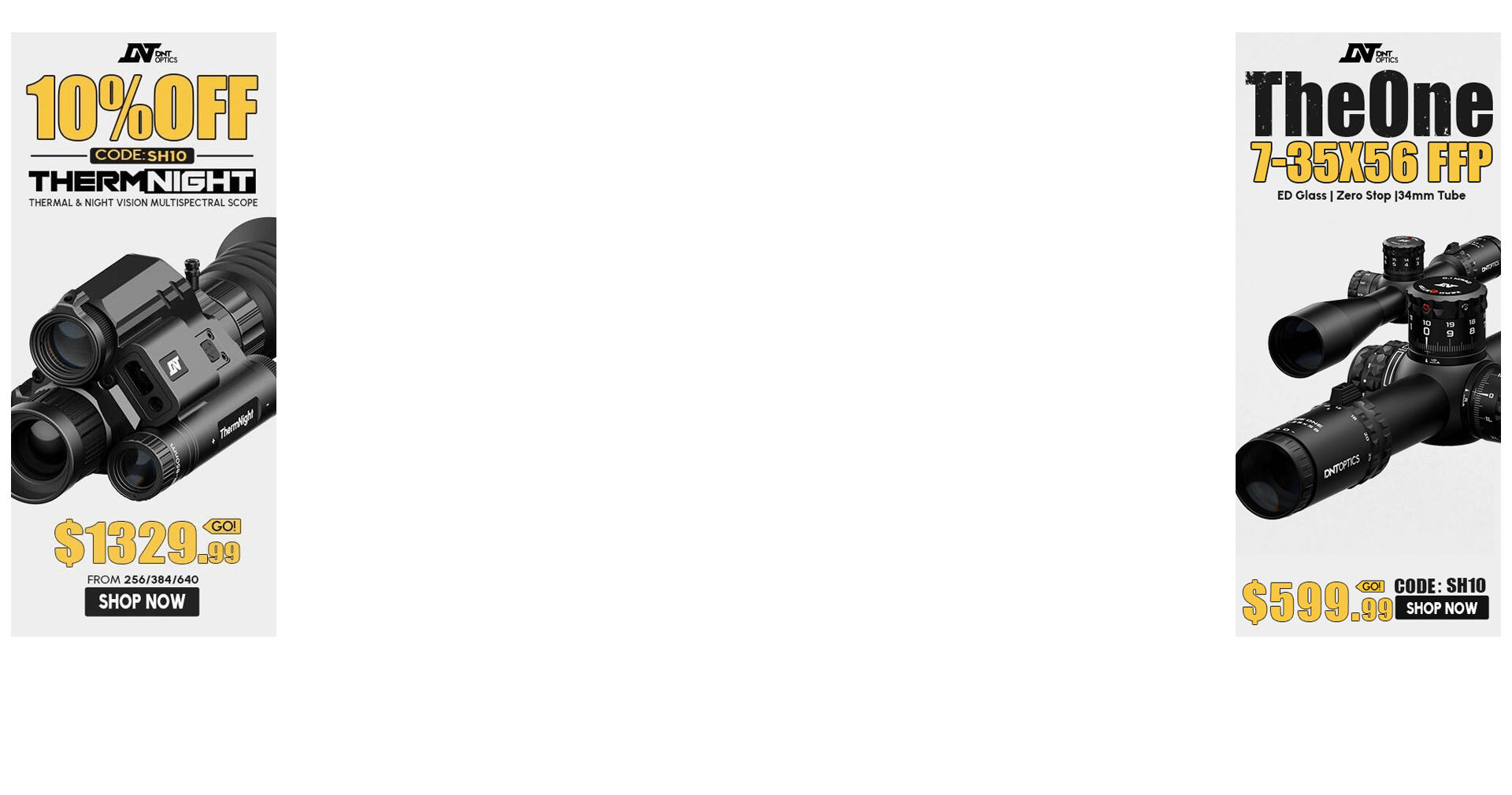Ok so I know that for every ten degrees of difference (temperature) from
that which you got your zero, there is about a 1MOA change in POI (point of
impact). I have also been told there is also a change in POI for every so
many feet of elevation (from sea level) from that which you zeroed and the same applies with
barometric pressure.
Anyone care to fill in the blanks about how much shift in POI there is for
these variables?
Also I have seen most of this measured in MOA, what is the shift in MILS?
Also if I am missing anything other variables the data would be appreciated.
Weapon is a .308, 25 inch barrel. Thanks in advance.
that which you got your zero, there is about a 1MOA change in POI (point of
impact). I have also been told there is also a change in POI for every so
many feet of elevation (from sea level) from that which you zeroed and the same applies with
barometric pressure.
Anyone care to fill in the blanks about how much shift in POI there is for
these variables?
Also I have seen most of this measured in MOA, what is the shift in MILS?
Also if I am missing anything other variables the data would be appreciated.
Weapon is a .308, 25 inch barrel. Thanks in advance.

